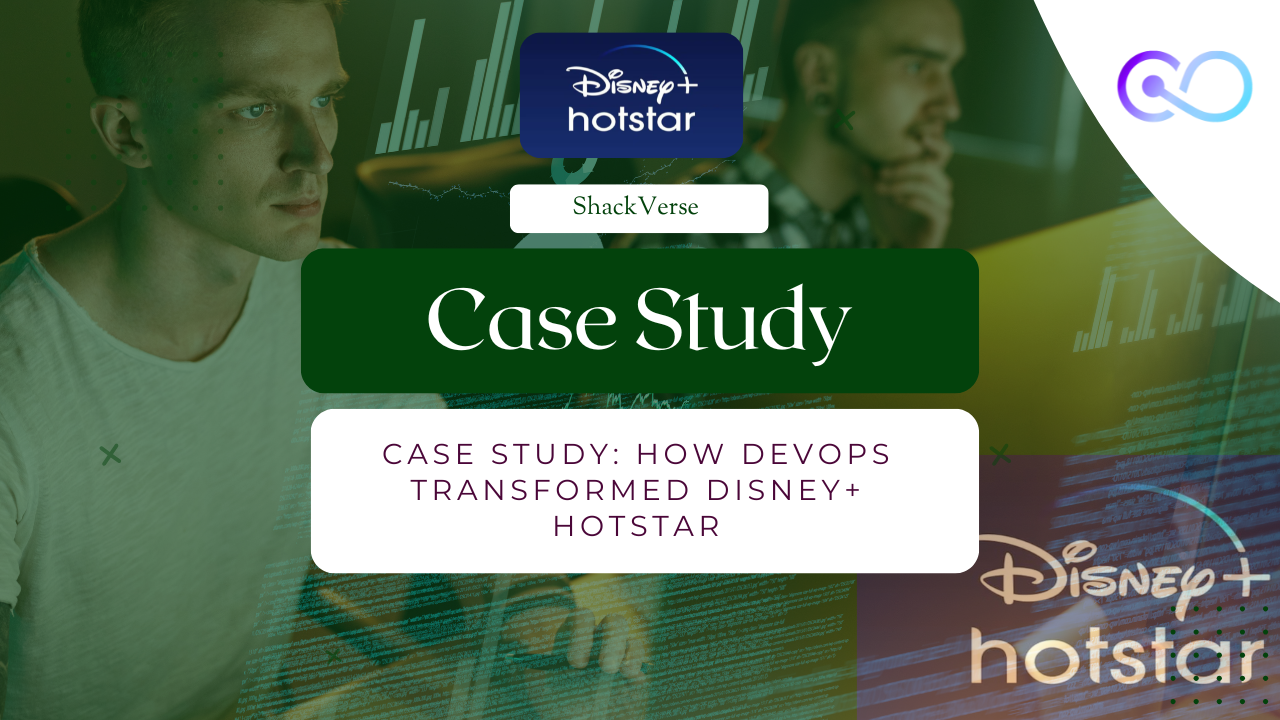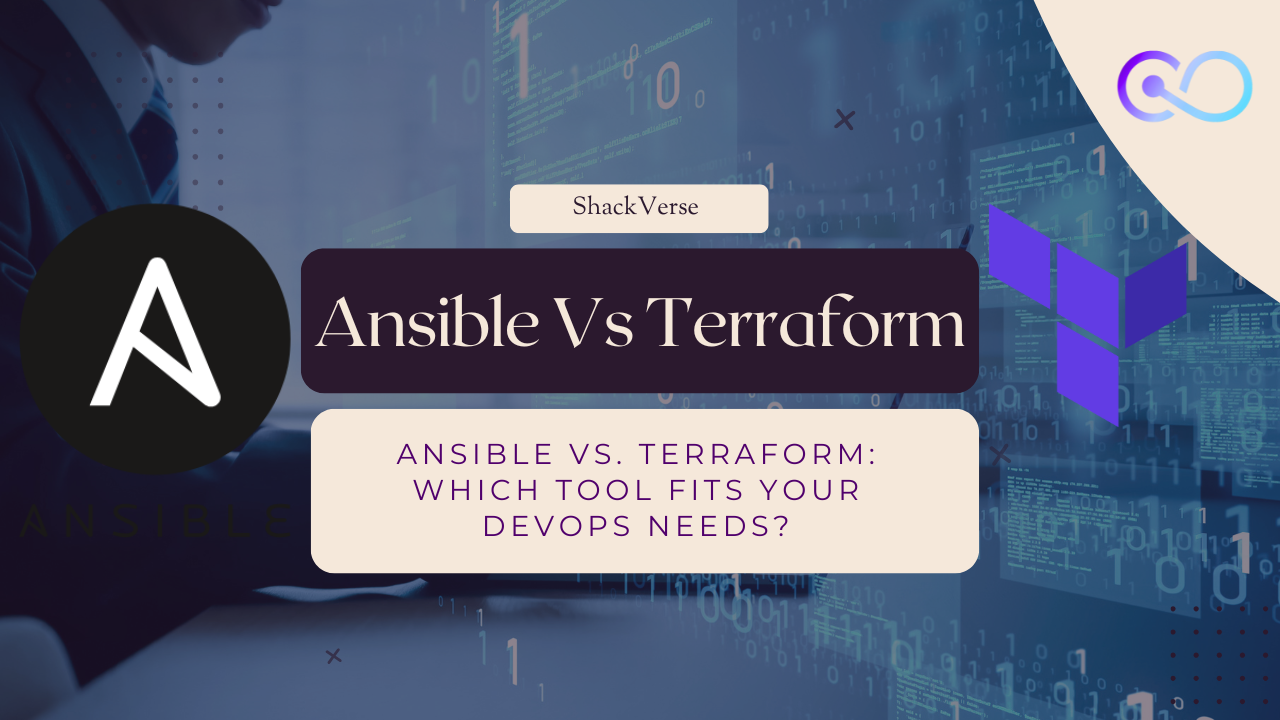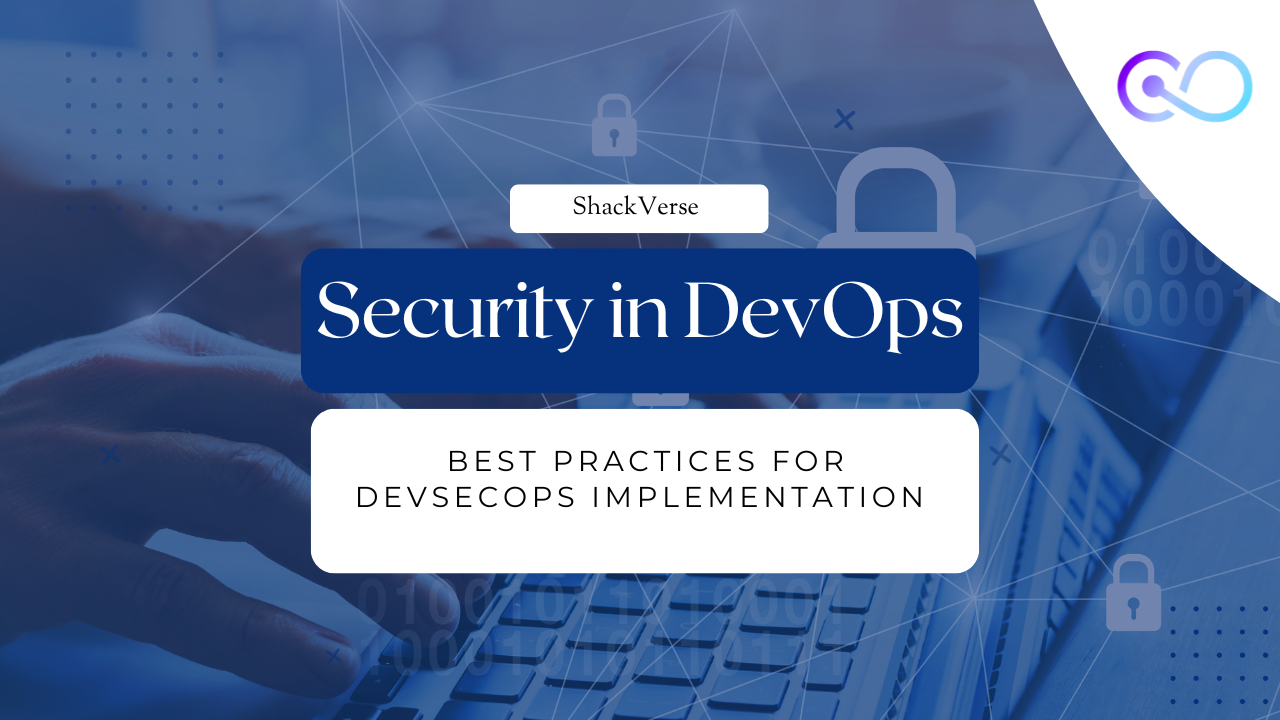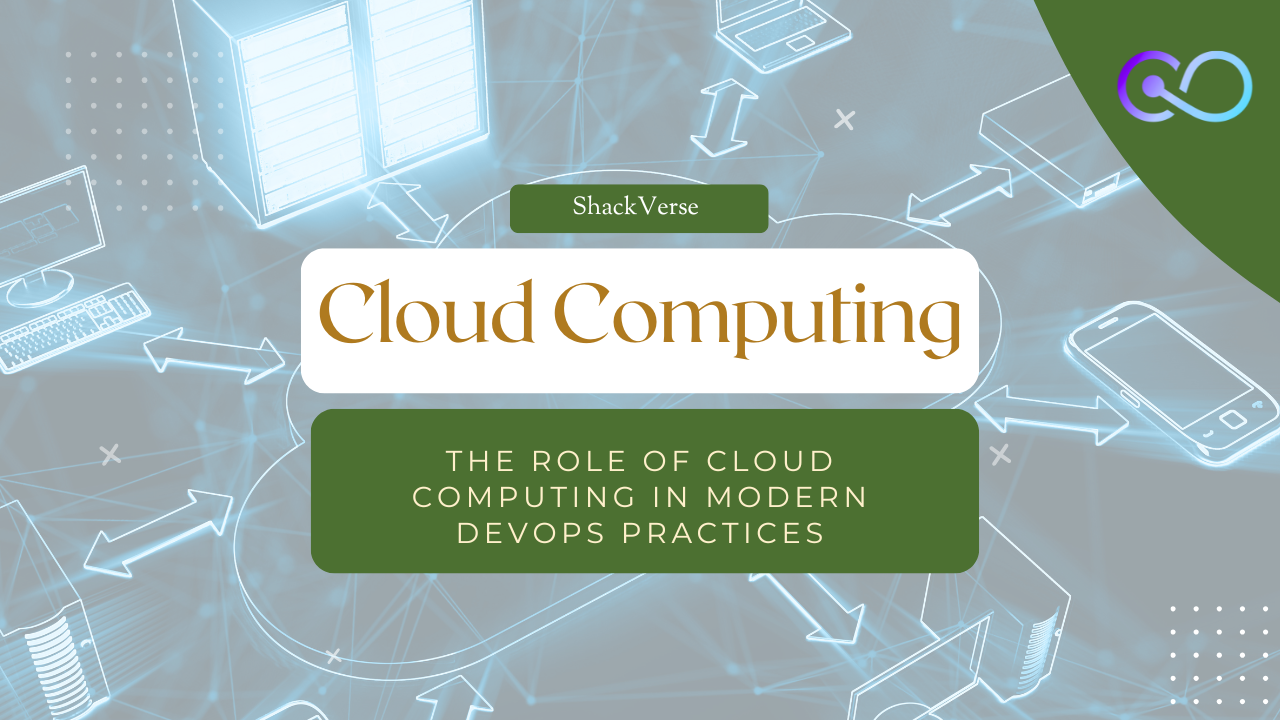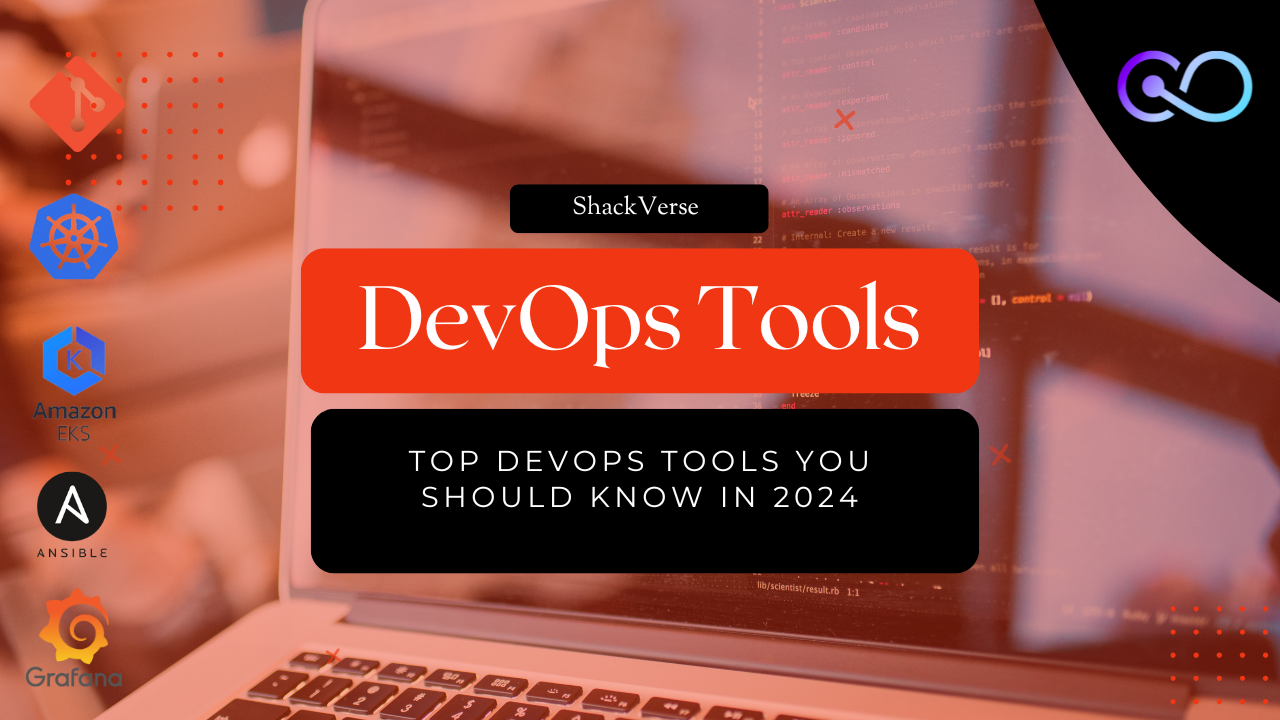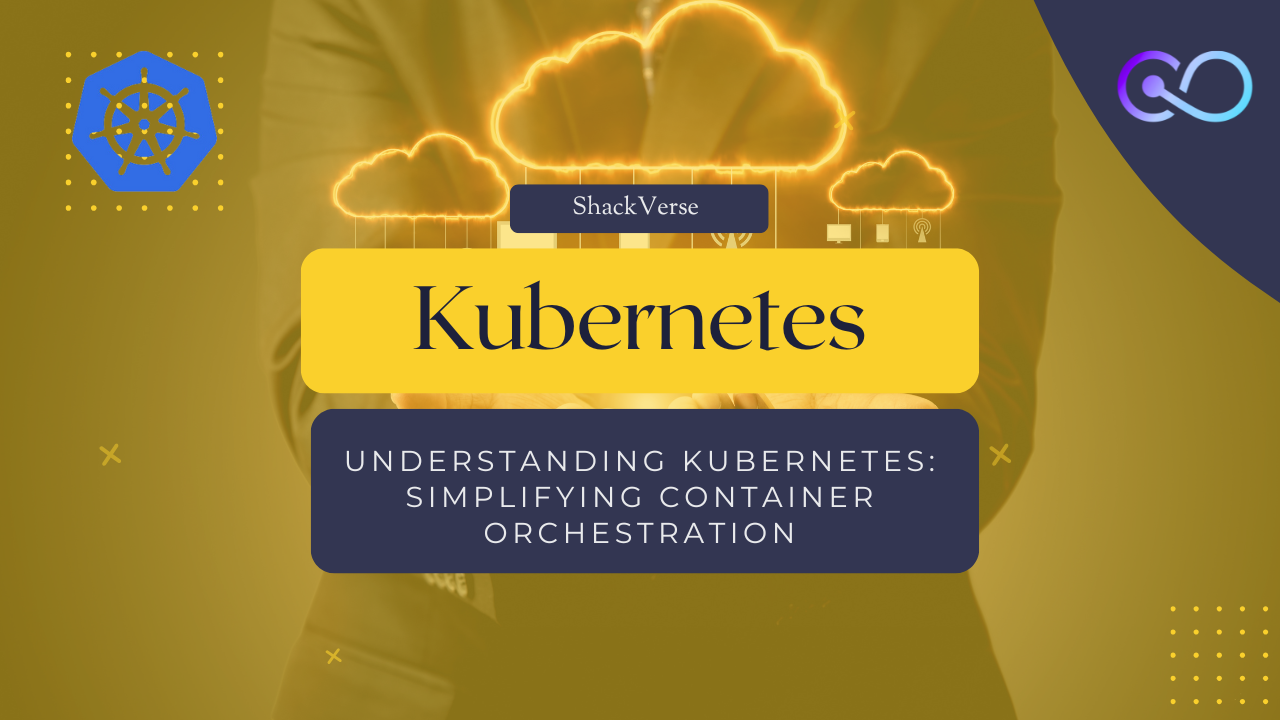Hotstar, one of the largest streaming platforms globally, faced significant challenges in scaling its infrastructure to handle massive traffic spikes, especially during live sports events. By adopting DevOps practices, Hotstar transformed its operations, achieving unprecedented scalability, reliability, and efficiency.
The Challenge
Hotstar’s infrastructure had to support millions of concurrent users, particularly during high-demand events like the IPL (Indian Premier League) or major global tournaments. Key challenges included:
- Traffic Spikes: Managing unpredictable and extreme traffic loads.
- Downtime Risks: Ensuring zero downtime during live events.
- Scalability: Scaling infrastructure quickly and cost-effectively.
- Complex Deployments: Frequent updates with minimal disruption.
- Monitoring: Real-time visibility into performance metrics.
The DevOps Solution
Hotstar embraced DevOps to address these challenges, focusing on automation, containerization, and continuous delivery. Here’s how they achieved it:
- Infrastructure as Code (IaC):
- Tools like Terraform and Ansible were used to automate infrastructure provisioning.
- Enabled quick scaling and replication of environments.
- Containerization:
- Adopted Docker to containerize applications, ensuring consistent environments across development and production.
- Simplified deployment and resource management.
- Kubernetes for Orchestration:
- Used Kubernetes to manage containerized applications, providing auto-scaling and self-healing capabilities.
- Reduced downtime and enhanced resource utilization.
- Continuous Integration/Continuous Deployment (CI/CD):
- Implemented pipelines using Jenkins for automated builds and deployments.
- Ensured quick and reliable updates with minimal manual intervention.
- Monitoring and Logging:
- Integrated tools like Prometheus and Grafana for real-time monitoring.
- Used ELK Stack (Elasticsearch, Logstash, and Kibana) for log analysis.
Key Results
- Massive Scalability:
- Successfully supported over 25 million concurrent viewers during IPL 2019, setting a global record.
- Enhanced Reliability:
- Achieved near-zero downtime during high-demand events.
- Cost Optimization:
- Optimized infrastructure costs by scaling resources dynamically based on traffic.
- Improved Deployment Speed:
- Reduced deployment times from hours to minutes, enabling faster feature rollouts.
- Real-Time Insights:
- Gained actionable insights into performance, allowing proactive issue resolution.
Lessons Learned
- Prepare for Peaks:
- Design infrastructure to handle worst-case scenarios.
- Automate Everything:
- Automation reduces errors and speeds up processes.
- Invest in Monitoring:
- Real-time monitoring is critical for identifying and resolving issues proactively.
- Collaboration is Key:
- Cross-functional teams working together ensure smooth implementation.
Conclusion
Hotstar’s journey to adopting DevOps showcases the transformative power of these practices. By leveraging automation, containerization, and continuous delivery, Hotstar not only met but exceeded its performance goals, setting benchmarks for scalability and reliability in the streaming industry.
DevOps enabled Hotstar to deliver seamless experiences to millions of users worldwide. For organizations facing similar challenges, Hotstar’s story serves as a testament to the potential of DevOps to revolutionize operations.
Ready to transform your operations? Start your DevOps journey today and achieve unparalleled success!


